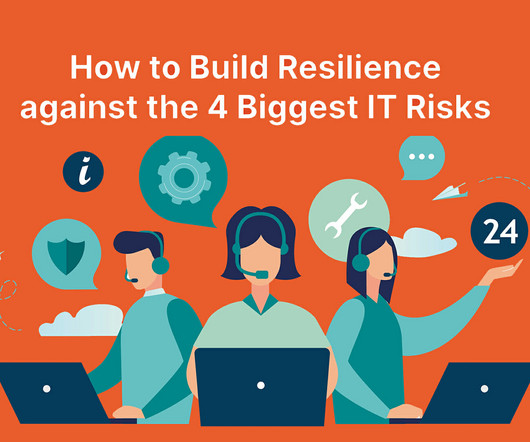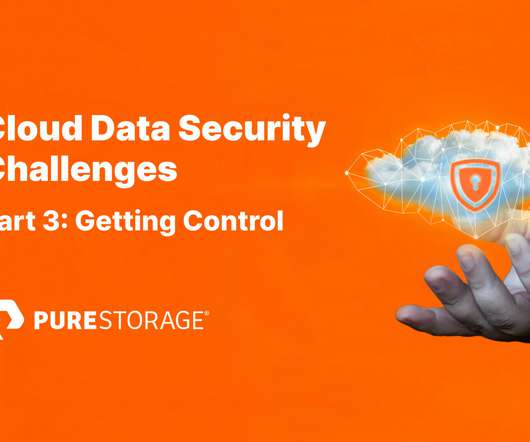Delivering Multicloud Agility with Software-defined Storage
Pure Storage
AUGUST 11, 2022
In the cloud, everything is thick provisioned and you pay separately for capacity and performance. To work around availability vulnerabilities arising from a single point of failure, you have to refactor or redesign your applications—which can be time-consuming and costly. You also have thin provisioning, dedupe, and compression.












Let's personalize your content